Discover the Rich History and Evolution of Malibu: From Tongva People to Hollywood Stars

Discover the Rich History and Evolution of Malibu: From Tongva People to Hollywood Stars
Malibu's history is deeply rooted in the culture and traditions of the Tongva people, who were the original inhabitants of the region. For centuries, they lived off the land, fishing in the ocean and hunting in the surrounding hills. Their knowledge of the local flora and fauna was passed down from generation to generation, and their language and customs helped shape the character of the region. The Tongva people's legacy lives on through their impact on Malibu's history and culture. Today, there are ongoing efforts to preserve and honor their heritage.
But the arrival of Spanish explorers in the late 18th century marked a turning point for Malibu. The Spanish established a settlement in the region and forever altered the landscape. With the introduction of agriculture and cattle ranching the way of life for the Tongva people changed. The Spanish also brought their language and religion. This would come to shape the region's culture and identity.
Over time, Malibu became known as a popular beach resort town. Its sparkling beaches and warm climate attracted tourists from all over the world. By the mid-20th century, Hollywood stars and other wealthy individuals began building luxurious homes along the coastline. Malibu in turn became a hub for the rich and famous.
In 1991, Malibu officially became a city, with its own government and city council. Today, the city is renowned for its breathtaking beaches, including the iconic Zuma Beach and the secluded El Matador State Beach. Its surrounding hills and canyons offer miles of hiking trails and scenic vistas. The city's cultural institutions, such as the Getty Villa, showcase the region's rich history and artistic heritage.
But Malibu's beauty and success have not come without their challenges. Natural disasters, such as wildfires and landslides, have threatened the city's idyllic paradise. While the high cost of living has made it difficult for many to afford. Environmental concerns, such as erosion and pollution, have also been major issues for the city.
Despite these challenges, Malibu has continued to evolve and adapt. In the last decade, the city has seen a surge in new construction. Both high-rise buildings and sprawling estates have popped up throughout the region. This has caused a shift in the city's demographic, as well as a rise in housing prices and the cost of living.
In response to the continued increase in tourism, Malibu has also invested in the development of its infrastructure. New hotels, restaurants, and shops, as well as expanding existing ones have increased. This has helped lead to a bustling tourist industry. The development has also modernized the city's amenities and improved the overall quality of life for its residents.
In addition, Malibu is working hard to protect the environment for years to come. They are tackling big problems like erosion, fires, and pollution. Malibu is trying to be sustainable by using practices that help the environment. Their goal is to reduce how much carbon they release, save natural resources, and keep the area safe for the next generations.
Malibu's rich history, natural beauty, and promising future make it a unique and captivating destination for visitors and residents alike. Its transformation from a laid-back beach town to a thriving metropolis reflects the city's resilience and ability to adapt to change. With its luxurious living and eco-conscious efforts, Malibu truly represents the best of both worlds.
Categories
Recent Posts
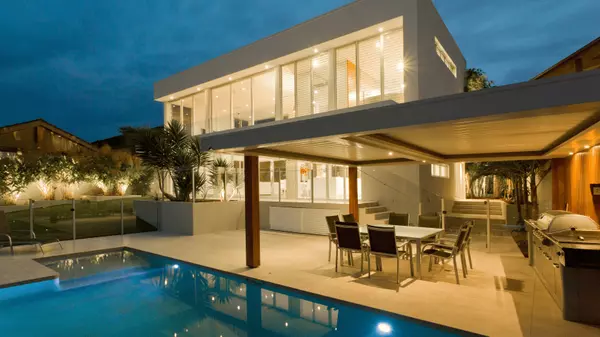
Riding the Wave: Why Summer Could Be the Peak Season for Selling a House in Malibu

Your Ultimate Festival Guide: Year-Round Celebrations in Westlake Village
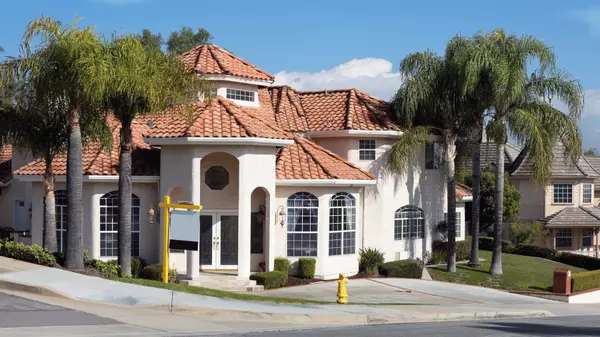
Master the Art of Selling: Your Comprehensive Guide to Preparing Your Conejo Valley Home for Sale
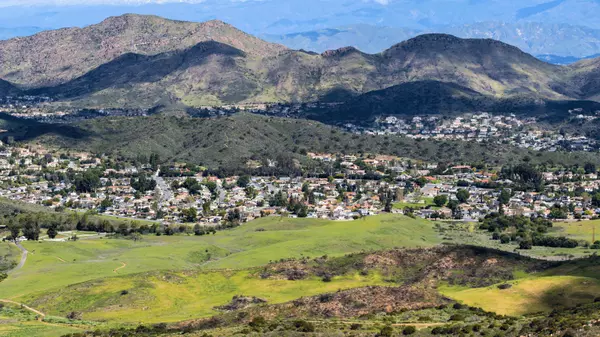
Why Newbury Park is Paradise on Earth for Nature Enthusiasts
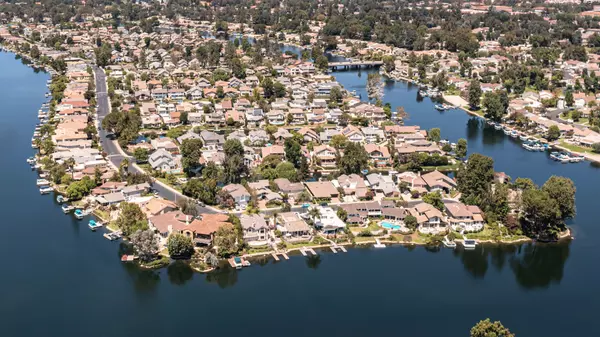
Discover Westlake Village: Hidden Gems and Unseen Beauty
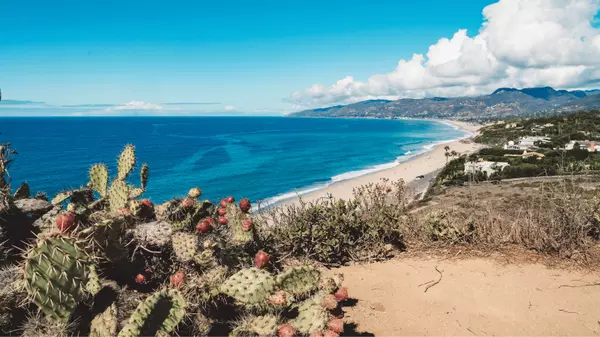
Navigating the Malibu Real Estate Market: A Comprehensive Guide
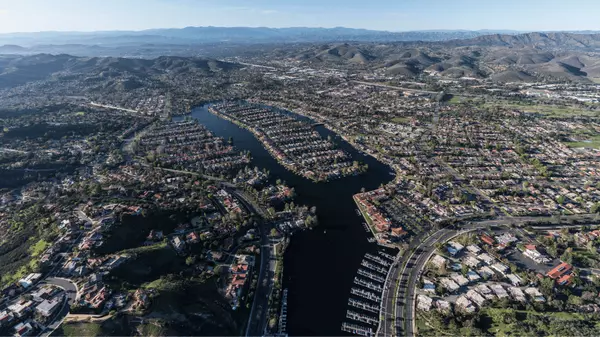
Why Settling Down in the Conejo Valley is Your Best Life Decision

Embracing the Future Today: Unpacking the Growing Demand for Smart Homes in Conejo Valley

Retirement Reimagined: The Comprehensive Guide to Celebrating Your Golden Years in Conejo Valley, Southern California
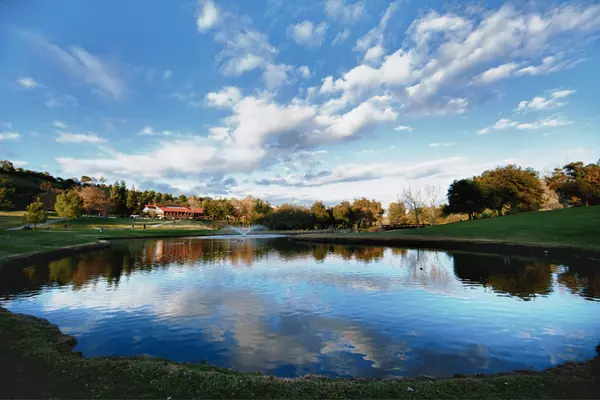
The Fairway to Heaven: Unveiling the Golfing Paradise of Conejo Valley
GET MORE INFORMATION

